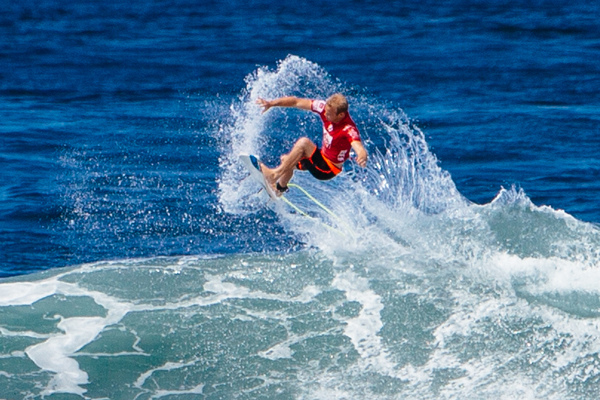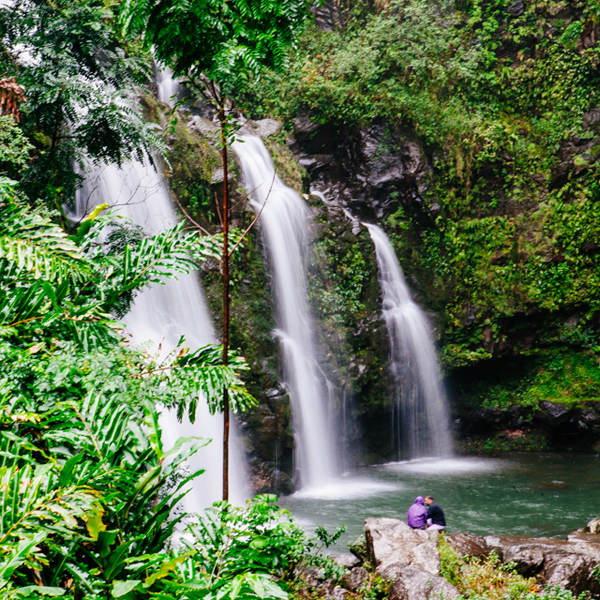While photography essentially captures a moment frozen in time, you can show movement and motions by adjusting your technique. One frame can tell a whole story about where something has been, where something is going or what the photographer was doing while the photo was taken.

Freezing motion
Photographing a sliver in time can be very rewarding for the curious photographer. Typically, the most interesting times to freeze motion are for things that happen quickly.
I love the look of a surfer carving a wave — every muscle tensed up, thousands of droplets of water spraying off the lip of the wave and a definitive wake where the board’s fins slice through the water. These are all things that you don’t notice in real time because they happen too quickly. All of a sudden, at 1/2,000 of a second, the scene is much more interesting!
The key to freezing motion is to use a fast shutter speed. The speed you need depends on how fast your subject is moving — often quicker than you think. If possible, take a few practice shots to see how fast you need to get to effectively freeze your subject. To maximize your shutter speed, keep your aperture as wide as possible, and don’t be afraid to increase your ISO. I think it’s better to have a grainy image than a blurry image.

Showing motion
If the whole image is blurry, it’s usually viewed as a mistake (unless you are super artsy). But just a little blurriness in motion photography can help communicate the movement of your subject.
Motion blur
One way to achieve this motion blur is to stabilize the camera with a tripod while shooting a moving subject — like photographing across a train track while the train is whizzing by. The tripod ensures the background stays sharp, while the slow shutter speed captures the movement. You’ll have to experiment with the exact shutter speed, depending on your subject’s speed.
Camera panning
Another approach? Move the camera with your subject to keep the subject sharp while the background appears blurry. For example, think of a photograph of a moving race car: The car looks sharp; the crowd is blurred. To accomplish this, use a slower shutter speed and pan the camera along with the subject as you press the shutter. Keep one of the focus point dots on the same spot on the subject as you pan. A tripod with a freely rotating head makes this easy, though it is possible without.
Moving your camera or lens
In certain situations, moving the camera can introduce interesting motion effects. When photographing weddings — particularly the dancing portion of a reception — I like to move my camera while dragging the shutter. Dragging the shutter simply means to hold the shutter open longer than normal while hand-holding the camera. This causes streaks of light to burn into the image and gives dancing photos some more energy. Another way to accomplish this effect is to zoom your lens in or out while you drag the shutter. Instead of linear streaks of light, you will get ones that radiate in or out.

Anticipating movement
The most important part of capturing movement is anticipating what is going to happen. Expecting motion lets you approximate the settings you will need, know when to press the shutter and how long to hold it open, and determine which direction to move the camera. Doing some research on your subject definitely helps, but nothing beats experience. Get out there and practice capturing motion!

Share tips, start a discussion or ask one of our experts or other students a question.
No Responses to “Are Your Motion Photos Falling Flat?”